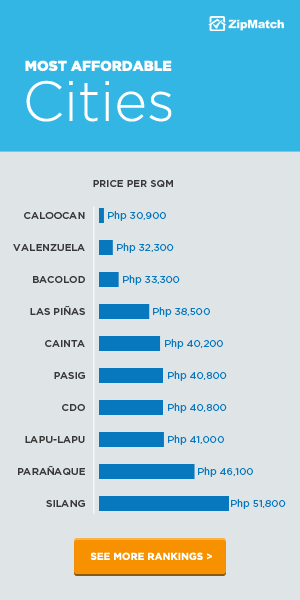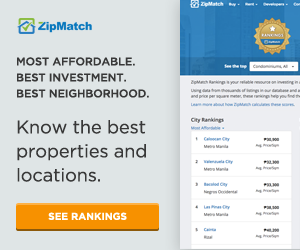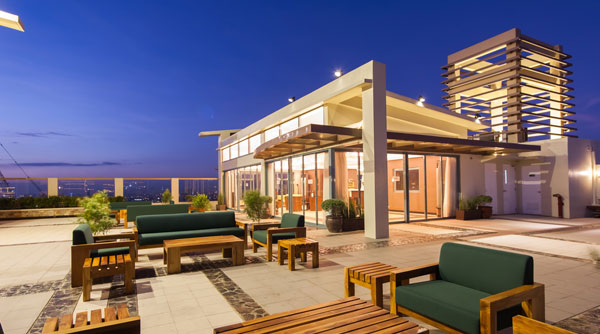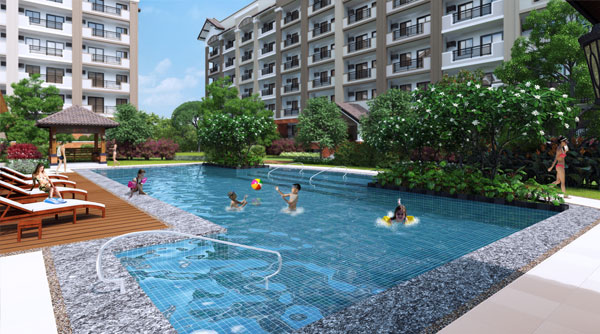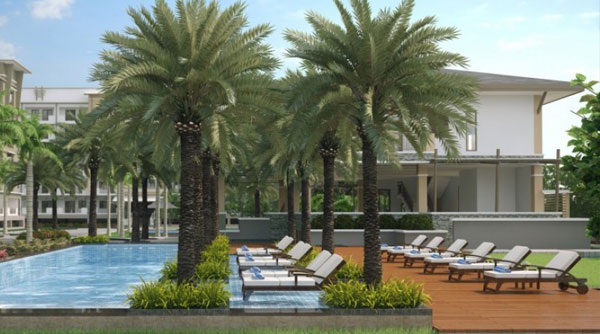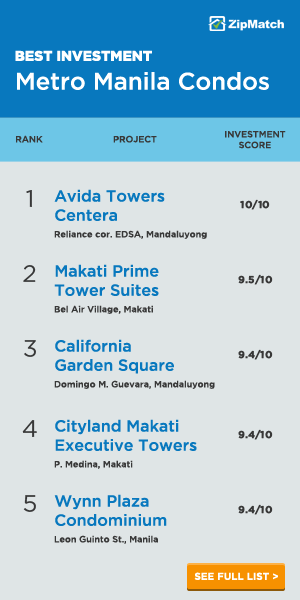The Housing and Urban Development Coordinating Council (HUDCC) approved to increase the socialized housing price ceiling from Php400,000 to Php450,000 on October 16, 2013. This adjustment was made to reflect the recent increases in construction costs and encourage private developers to participate more in the production of socialized housing units that adhere to mandated housing standards. Ultimately, the end goal is to encourage private developers to produce more housing units to address the unmet housing needs at the lowest income brackets of our society. According to data, the Philippines at the moment has a backlog of 3.9 million housing units.
By increasing the price cap on socialized housing, government programs are now more flexible to accommodate more housing units and make them affordable with the lowest interest rates and longer payment terms. These may also qualify in future housing programs like direct subsidies, voucher system, and capital grants. These subsidies could take the form of, or be incorporated in, the existing conditional cash transfer program.
The adjustment was precipitated by an evaluation paper submitted by the Organization of Socialized Housing Developers of the Philippines, Inc. (OSHDP) based on the government’s data on construction materials wholesale price index (CMWPI) as of the year 2009.
The Housing Policy Working Committee (HPWC), a committee under HUDCC composed of representatives from the Key Shelter Agencies, the National Economic Development Authority, and other government offices related to poverty alleviation, validated the findings of OSHDP and reported to the Council its own results:

To compute the Socialized Housing Price Ceiling:

During the deliberations, OSHDP pointed out that since a new set of data was already available to reflect figures as of 2013, the ceiling may already be pushed to Php480,000. However, the council resolved to approve the Php450,000 housing price ceiling as originally proposed so as not to delay the measure. For OSHDP, this is still a welcome move.
Historically, price ceilings have been adjusted as follows:

It must be pointed out that the recent price adjustment is just a partial approval because the private developers also proposed to redefine socialized housing price ceilings to include low-rise buildings (vertical development), which are up to five-story walk-up buildings in urban centers at Php750,000 and Php840,000. This proposal aims to be consistent with the Aquino administration’s policy of relocating informal settlements to on-site, in-city, or near-city projects.
However, this attempt to introduce vertical socialized housing projects was deferred because of Section 3 of Republic Act 7279 (Urban Development and Housing Act of 1992), defines “socialized housing” as being limited only to “house and lots” or “lots only” and, therefore, excludes condominiums. There may be a need to come up with new legislation or set out a new presidential policy through an executive order to address this.
Another reason is the issue of affordability since the law also states that the target beneficiaries must be the bottom 30 percent of the income percentile of the population who are considered “underprivileged” and “homeless.” The costs to produce these vertical housing projects based on minimum design standards mandated by law—Batas Pambansa 220—are just too expensive unless government intervention programs complement them.
We must admit that there is still much work to be done and OSHDP remains committed to pushing the conversation further to redefine the socialized housing program, with the ultimate goal of bridging the housing gap.
Moreover, it is also time to consider proposals to strengthen the housing demand side by way of direct subsidy through housing vouchers and other transparent and straightforward subsidy schemes.
We are appreciative of the HUDCC Council, headed by Vice President Jejomar Binay, for proactively engaging the private sector. This proves that a strong partnership and collaboration between the public and private sectors are crucial in passing meaningful policies such as this. Ultimately, whether in the private or public sector, we are all working toward providing shelter for our less privileged fellow Filipinos.



